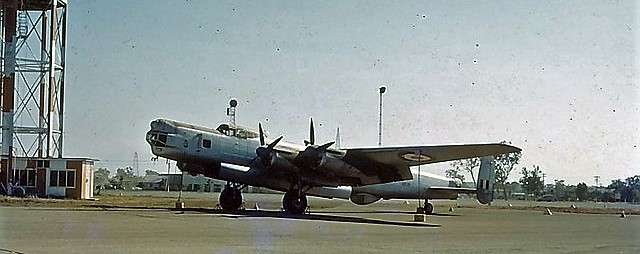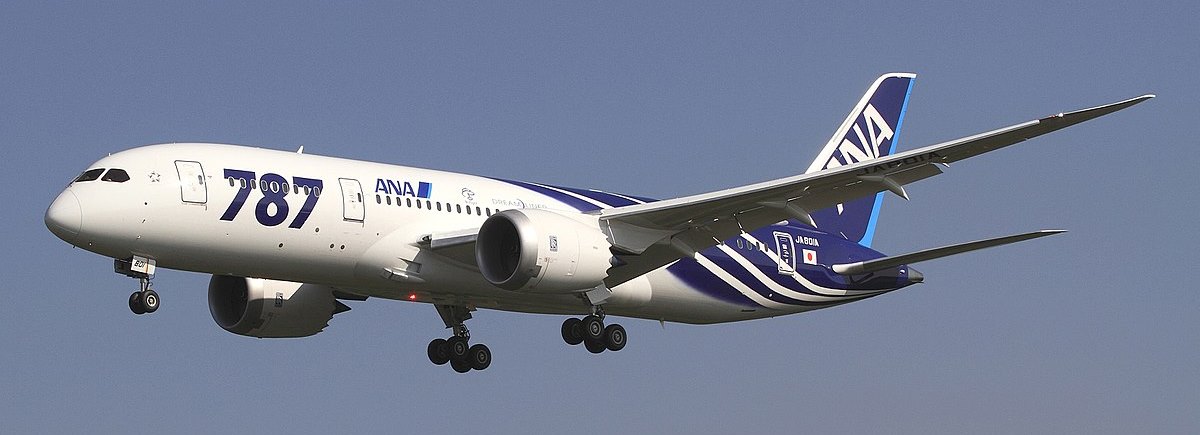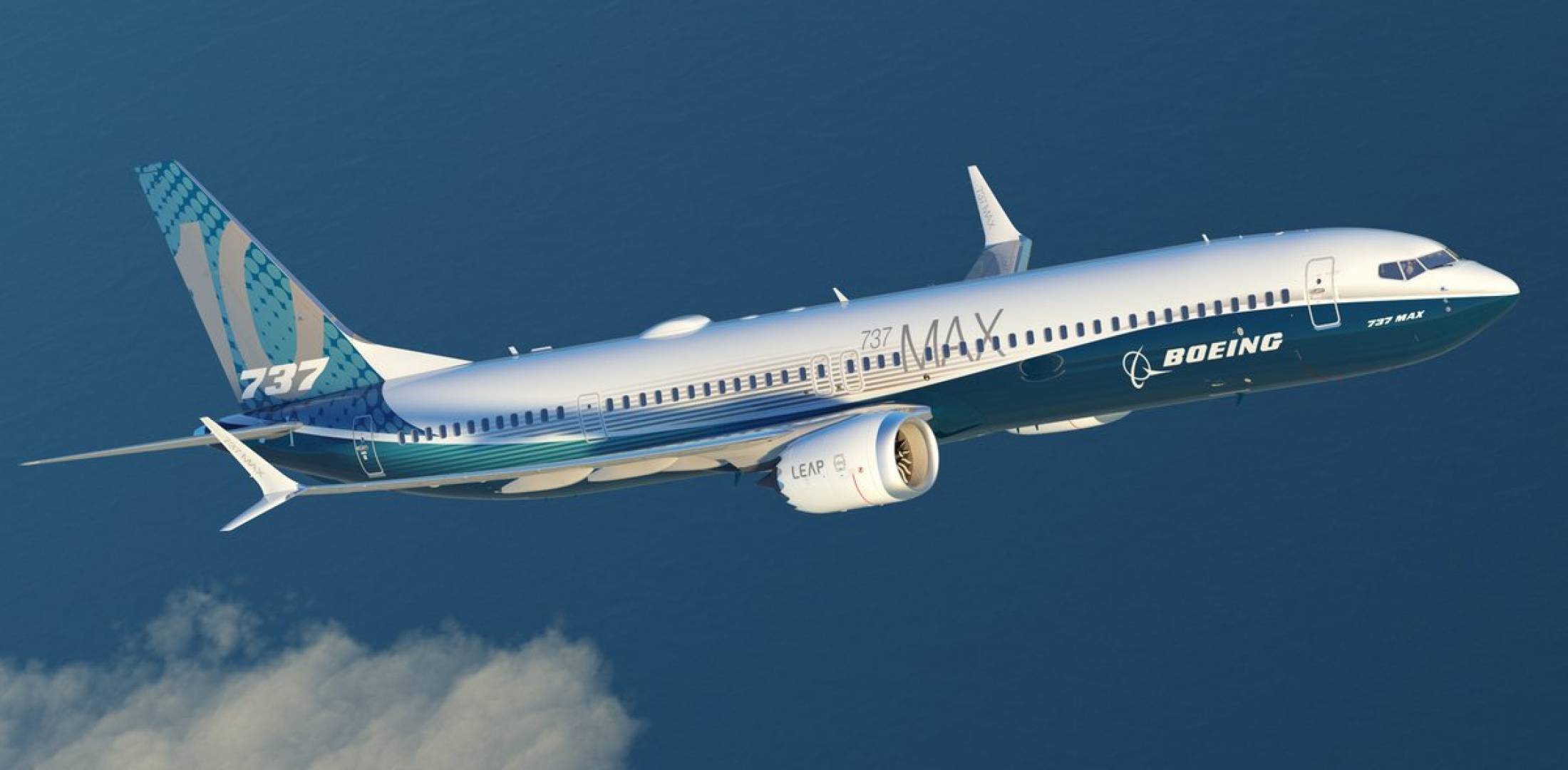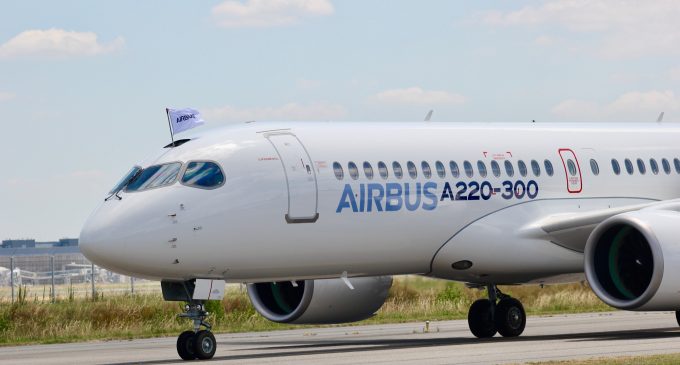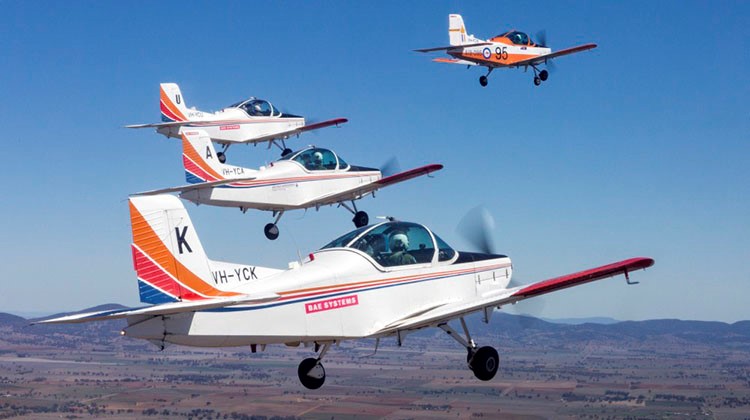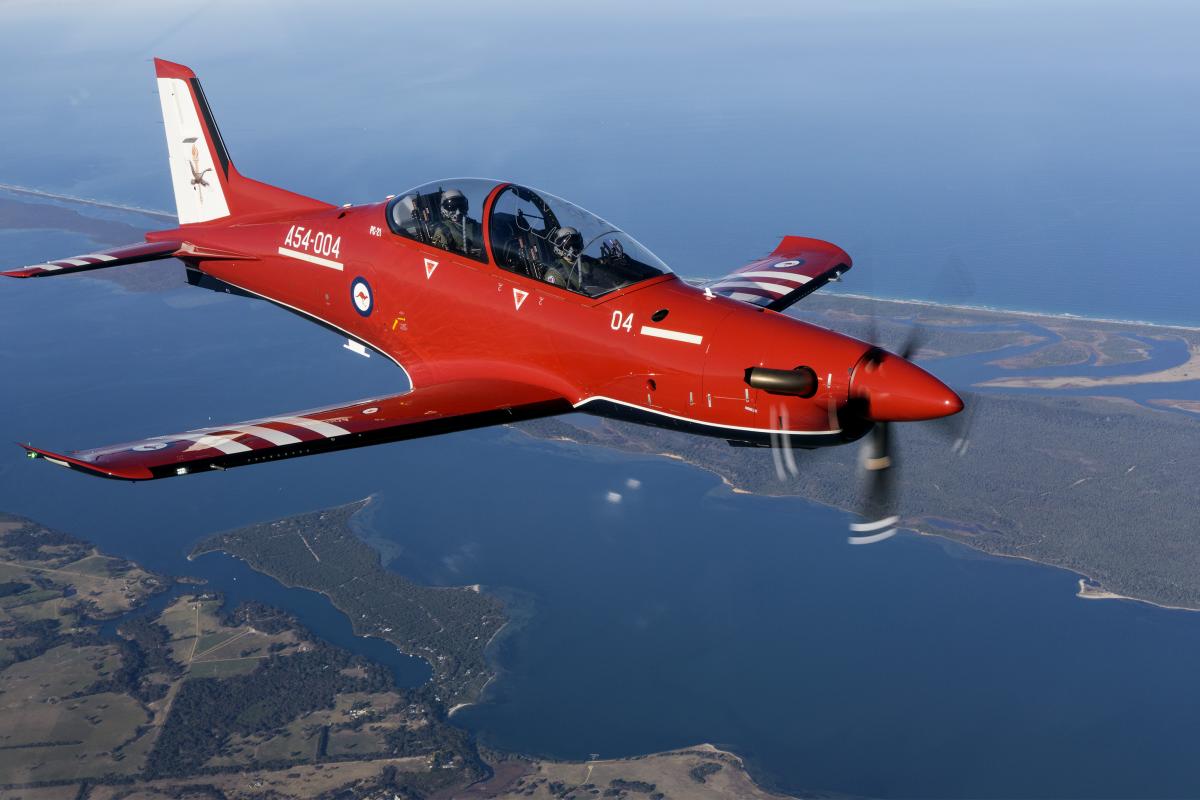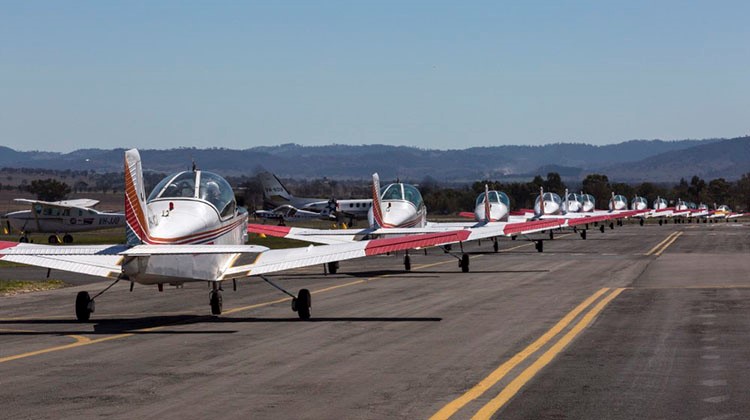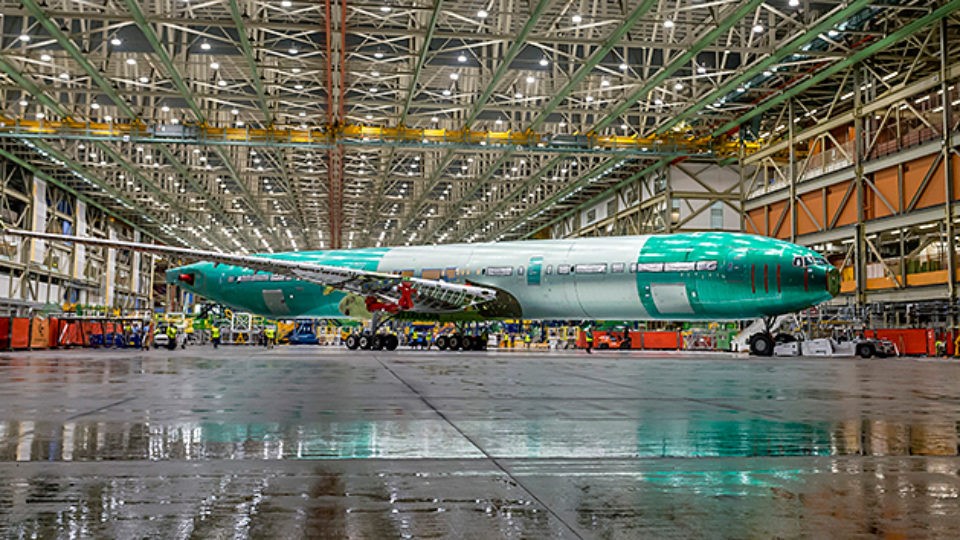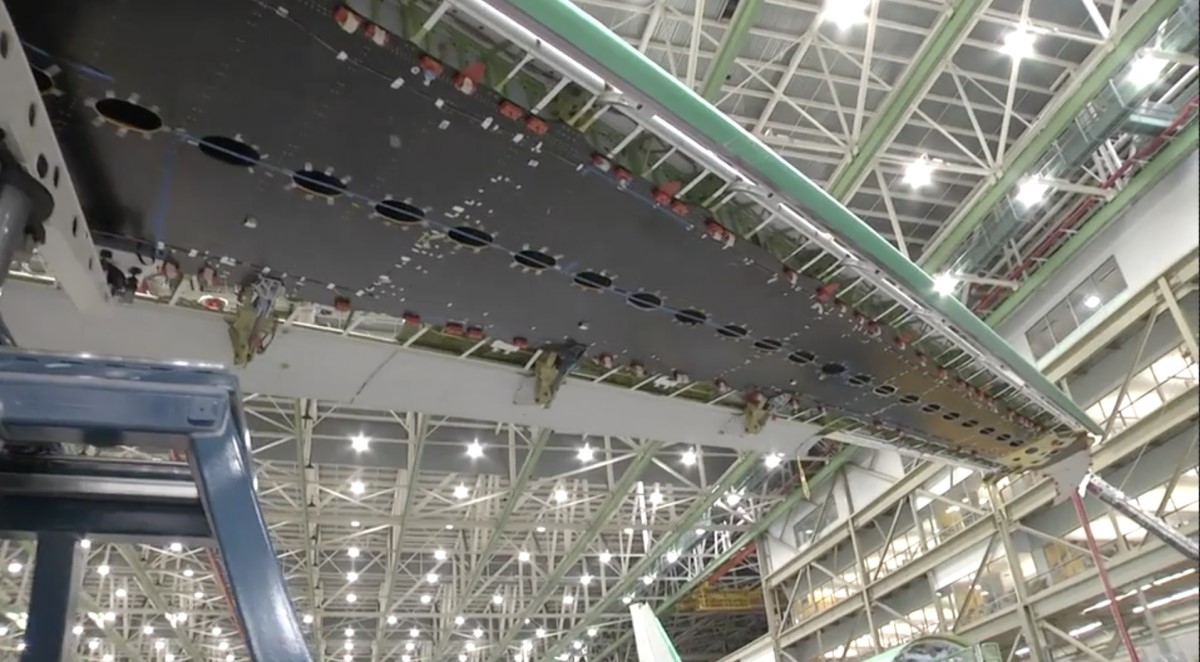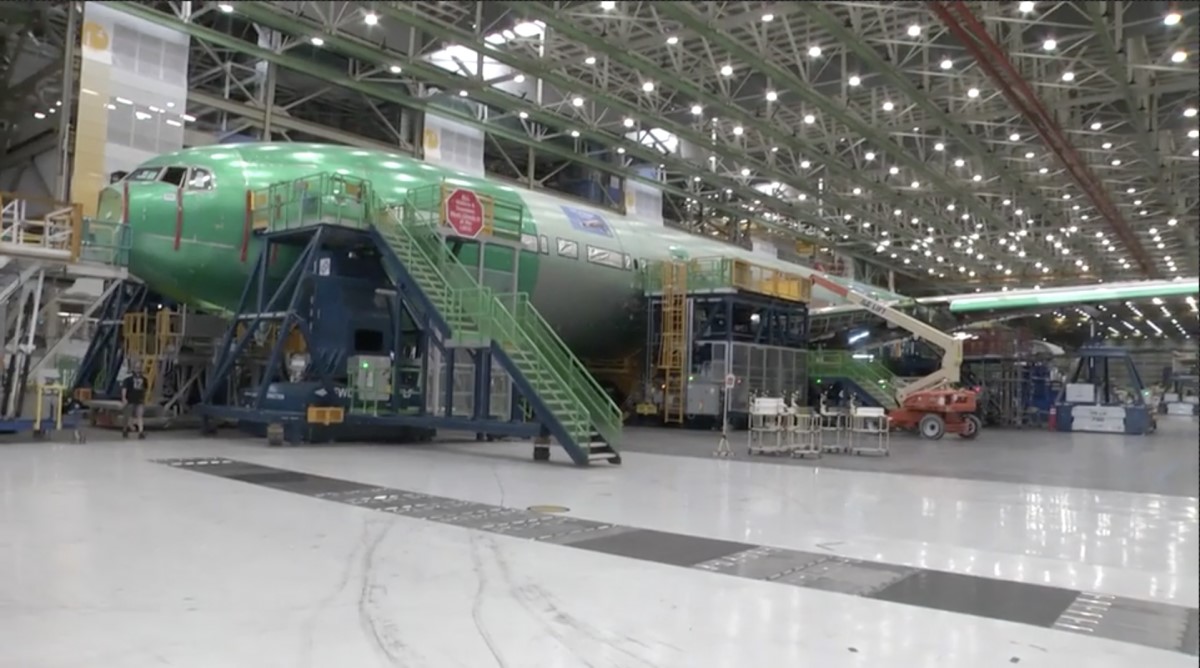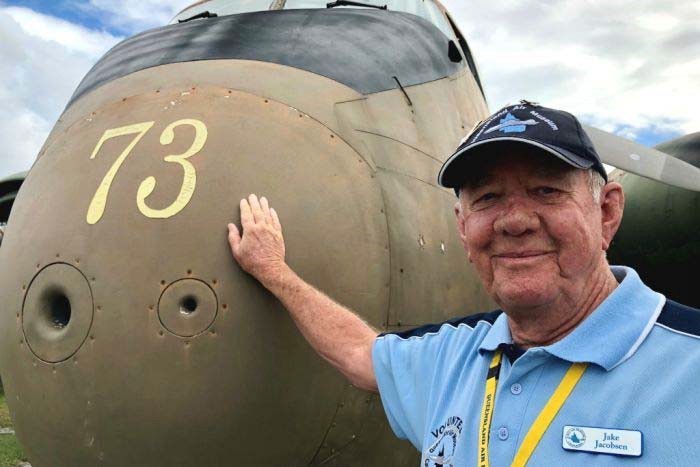|
|
||
|
||
|
Privacy Policy | Editorial Policy | Profit Policy | Join the Association | List of Members | Contact us | Index | Links |
||
|
Back Go to page: 1 2 3 4 5 6 7 8 9 10 11 12 13 14 15 16 17 18 19 20 Forward
|
||
|
John Laming Aircraft and other stuff. |
||
|
|
||
|
Mystery at Eagle Farm.
Returning in time to the 9th April 1955 where I was on duty as standby pilot for Search and Rescue. That meant normal duties at the airfield (Townsville) during the day and after hours the rostered SAR crew remained at home until relieved of duty the following day.
At the Townsville General hospital, a baby girl with a severe respiratory condition was causing grave concerns. The duty doctor decided that she needed specialist treatment as soon as possible. Brisbane, many hundreds of miles to the south, had hospitals which could provide this treatment and it was decided to ask the RAAF for an emergency medical evacuation flight. It was late at night when the RAAF switchboard operator put the incoming call from the hospital directly through to the residence of the Commanding Officer, Wing Commander John Costello. The CO was entertaining a group of senior officers at his married quarters at the time. Among these were the squadron senior navigation officer, senior signaller, and the squadron engineer officer. The engineer officer was once a pilot although he was not qualified on the Lincoln.
The CO realized the urgency of the situation and rather than delay further by calling out the duty SAR crew, he decided to command the emergency evacuation flight himself. The others at the party were to constitute his crew. Meanwhile, I was at home as the duty SAR pilot, sleeping peacefully under my mosquito net and unaware of the unfolding tragic events.
At midnight the ground crew had readied the Lincoln, while an ambulance was on its way to the RAAF base with the baby girl accompanied by a nurse. An oxygen crib was arranged in the nose section while at the same time Squadron Leader John Findlay, who was the navigator, studied the weather reports and prepared his charts.
The CO took the left seat while the senior engineering officer, Squadron Leader Charles Mason (right) acted as second pilot. Flight Lieutenant Cater was the senior radio operator. The Lincoln lifted off from Townsville airport some time after midnight for the four hour flight to Eagle Farm airport (Brisbane). During the flight the aircraft was in cloud for much of the time which meant that the navigator would have had difficulty in maintaining regular astro navigation by use of star fixes.
Map reading at night would have been impossible in cloud. Whatever the reasons, the Lincoln drifted inexorably off course from the time it left Townsville.
Approaching Brisbane in the early morning, the crew reported seeing the city lights. Brisbane air traffic control then cleared the aircraft to descend. Minutes later an explosion lit up the night as the Lincoln flew into the summit of Mount Superbus situated 50 miles south-west of Brisbane. All aboard died instantly. It seemed that the crew had mistaken the lights of a small town for the city lights of Brisbane.
|
||
|
|
||
|
The subsequent RAAF Court of Inquiry was unable to pin point the cause of the navigational error that placed the aircraft so far off the direct track from Townsville to Brisbane's Eagle Farm airport. One theory was that the navigator had failed to allow for the difference between the true course and the magnetic variation of 10 degrees east longitude. It was discovered that the estimated track to the crash site agreed with this theory. On the other hand, the navigator was a highly experienced airman who had served with the elite Pathfinder squadrons over Europe during the war. These wartime operations required the highest of navigational skills. Perhaps in hindsight, the pilot should have not let down below the minimum safe altitude until he had a positively identified ground fix. Perhaps it was the urgency of the flight that led the captain to lower his guard and break well known tenets of safe airmanship.
Either way it was a major tragedy resulting in the deaths of an experienced crew and two trusting passengers.
Those killed in this tragic accident were:-
Wing Commander - John Peter Costello MID (pilot) Squadron Leader - Charles Surtees Mason MBE (co-pilot) Squadron Leader - John Watson Finlay (navigator) Flight Lieutenant - William George Stanley Cater (signaller) Baby - Robyn Huxley Sister - Mafalda Gray
Two days after the accident I flew Lincoln A73-68 to Eagle Farm. Our instructions were to bring the coffins of the nurse and the baby girl back to Townsville. There they were to be buried with full military honours. We landed at Brisbane at 1610 hours on 11th April and while waiting for the hearse to arrive, the navigator flight planned for the return leg. The funeral was scheduled for the following mid-morning.
When the coffins arrived, I helped with the sad task of loading them into the back of the Lincoln. Lifting the tiny coffin of the little baby girl really got to me and I was moved to tears. We carried out the cockpit checks and prepared to start the engines. The second pilot switched on all four electric fuel pumps and we received the all clear to start No 3 engine first. To my surprise I could see raw petrol running out of the overflow lines of each engine. This was potentially dangerous as flames from the engine exhaust pipes (twelve for each engine) could easily ignite the petrol fumes with disastrous consequences.
We carried a RAAF engine fitter on away from home trips. He was puzzled as to the cause of the fuel overflow and decided to open the engine cowls to investigate further. First we had to locate a portable stand, tall enough for the engineer to gain access to the engines. This, coupled with four engines to check, took an hour or so. Finally the petrol flow mysteriously stopped on two of the engines. But the other two remained a problem. It was now growing dark with less than twelve hours left before the funeral. By 2100 hours the engineer had still not solved the problem. I decided to start the engines without the electric fuel pumps, which normally will never be successful. To our delight (and the relief of the sweating engineer), all four engines started at first attempt.
Part of the checklist included switching on the electrically operated gyro - compass. This I did only to find in disbelief that the compass was spinning crazily and quite useless for navigation purposes. Then the crew intercommunication system failed. That meant that the crew would have to resort to shouting at each other in order to carry out our respective duties. The unserviceable gyro-compass was now a real problem. To the left side of the instrument panel was a standby compass known as the P8. It looked like one of those old fashioned ship's compass and was only used as a last resort. The parallax error was significant and the magnetic needle bounced around in turbulence, making it very difficult to steer an accurate course in the air.
We had experienced a bumpy trip from Townsville with poor weather most of the
way. It was this weather system which had made night navigation difficult for
Wing Commander Costello, and was a contributory factor in the accident. I had
no intention of flying back to Townsville in the middle of the
It was late at night with only eight hours to go for the funeral and an unserviceable Lincoln sitting on the tarmac. In the dark reaches of the fuselage lay the two coffins waiting to be taken home for the final time. We had been on duty for over 13 hours and were weary and I was not looking forward to the prospect of flying through the night in bad weather. Yet it was going to be an embarrassment to the RAAF if the funeral party was in place but no bodies to bury. The acting CO at Townsville, Squadron Leader Geoffrey Hughes, asked me to contact the RAAF base at Amberley, 25 miles from Brisbane, to see if they could quickly get a Canberra bomber across to Eagle Farm to pick up the coffins. I got through to the CO of the bomber squadron at midnight and asked for his help. His name was Wing Commander Leo Britt. He was most apologetic but said that all of his Canberra's were in Darwin on war exercises and that there was no other suitable aircraft available. While this conversation was taking place, the local RAAF Air Traffic Control officer, Flight Lieutenant "Spec" Taylor, had made enquiries with the airlines at Eagle Farm to see if there were any freight aircraft going to Townsville in the early hours of the morning. He struck gold on that one. A Douglas DC3 freighter with newspapers and general cargo was about to depart. Spec Taylor contacted the captain of the Butler's Air transport aircraft who agreed to take the coffins on his aircraft. The coffins were reverently lifted from the Lincoln and transported to the waiting DC3.
With less than 7 hours to go for the funeral, the DC3 taxied on to the long
runway at Eagle Farm and prepared for take off. It was 0200 Tuesday 12th of
He told us that one of the engines had not developed the proper power during its test before takeoff and that in all probability one of the engine's two magnetos was out of tolerance, or the spark plugs were faulty. Either way, the DC3 was going nowhere tonight.
Spec Taylor contacted air traffic control who advised that another DC3 freighter this time from Australian National Airways, was scheduled to depart shortly for Mackay and Townsville. We made a hurried visit to that aircraft which was still loading freight and newspapers. The captain agreed to take the coffins and we soon had these loaded aboard. With great relief we watched the DC3 take-off and slowly turn northwards. An hour later we arrived at the Archerfield RAAF base for a shower and sleep. By our estimate the DC3 should arrive in Townsville with less than one hour to spare for the funeral service.
My diary shows that I was in bed by 0330 that morning, only to be woken up again less than three hours later. A message from Townsville had arrived stating that our Lincoln was needed back at Townsville as soon as possible. At least it was going to be a daylight flight with the probability of visual conditions for map reading. While the navigator drew up his flight plan I talked to the civilian briefing officer. He told me that half way through the flight to Townsville, the ANA DC3 with the coffins on board had a total radio failure and was out of contact. Early fears that the aircraft may have gone missing turned to relief when it was seen coming over the mountains to the south of Townsville. The RAAF controller in the tower had been alerted to the radio failure, and shortly afterwards, as the DC3 turned on to final approach, he flashed a green light at the crew signifying clear to land. A hearse was waiting and the funeral was held on time with just thirty minutes to spare.
Back at Eagle Farm, I climbed into the captain's seat of A73-68 and carried out the pre-flight checks. All four engines started first time and the intercomm worked perfectly. Initially the gyro compass would not operate and we used the old P8 compass. We flew the coastal route back to Townsville relying on our radar and map reading for position fixes. As we made the final position fix at Cape Bowling Green, some 20 miles from Townsville, the sun shone brightly and the gyro compass came back to life. When we touched down on runway 02 a few minutes later, Lincoln A73-68 was fully serviceable with no sign of any of the previous problems. It was hard to explain that away.
Years later, I still wonder if there is any plausible explanation of those mysterious happenings, or if those two young souls had decided that one flight in a Lincoln was one flight too many.
Click HERE to see the story on the accident at Mt Superbus.
And!! They say old Lincolns always have a story to tell – there’s one in the UK that they say is haunted, click HERE.
|
||
|
Why does "fat chance" and "slim chance" mean the same thing
|
||
|
Why do Boeing aircraft models always start with a 7?
Aircraft types are known by a kind of shorthand every flyer knows. Tell anyone your next trip is aboard an A380 or a 747 and they should know what you're talking about, but is there any rhyme or reason for the way aircraft manufacturers name their aircraft?
|
||
|
|
||
|
Why does every Boeing you've ever sat in probably start and end with the number 7? And why do Airbus models always seem to start with a 3?
But Boeings didn't always start with the number 7. Some early aircraft were known as the Model 40, Model 80, Model 247 and the glorious pre-World War II Boeing Model 307 Stratoliner, the first commercial aircraft with a pressurised cabin. Even the heavy bombers that Boeing built for the US military during the war were originally designated the same way. The B-17 Flying Fortress was Model 299 while the B-24 Liberator was known within Boeing as Model 32.
In the post-war period, Boeing shuffled the deck and reclassified its aircraft, giving each category three-digit numbers. A 300 or 400 number denoted a propeller-driven aircraft, 500 was for turbine-powered aircraft, 600 for rockets and missile products and 700 for jet aircraft. So why was the first Boeing jet aircraft known as the 707 rather than the 700 when it first took to the air in the 1950s?
Because Boeing's marketing department intervened and just as 007 sounds better than plain old 7, 707 sounds better than 700 – it’s that simple. So taken was Boeing with the number 7 that the company has stuck with it ever since, starting and ending each of its jet aircraft type with that number, a corporate lucky charm.
Since that time it's been a steady progression for Boeing aircraft, from the 727 of the 1960s right up to the 787 Dreamliner, although the airline skipped a beat with the narrow-bodied, short-range 717, which only entered commercial service in 1999, well after Boeing's 777. Each of those models is further broken down into sub categories with a dash commonly used to separate the successive designs. Early-model Boeing 707s were designated the 707-120, followed by the shortened, longer-range 707-138, the stretched 707-320 and a short-range, smaller iteration, the 707-720, among several others.
Some of those aircraft types have stood the test of time better than others. The 737 carried its first passengers 50 years ago yet it's still alive and well. The most successful airliner ever built, the 737 has been around so long it's run out of numbers. After the 737-900, Boeing launched the 737 MAX series. Latest version is the 737 MAX 10, expected to begin commercial operation in 2020, with more than 400 on order.
|
||
|
|
||
|
The most recent Boeing to roll off the production line is the ground-breaking 787 series, in commercial operation since 2011. Latest variant is the 787-10, a stretched version of the 787-9, which is itself a longer, stronger variant of the original 787-8. The 787-10 only entered service in April 2018, in Singapore Airlines paint, first seen in Australian skies on one of the airline's daily Perth-Singapore services.
Boeing has been working on designs for a new mid-size, twin-engine aircraft type for several years. To be known as the 797, the aircraft is projected to carry its first paying passengers in 2025. What happens to the numbers after Boeing finally rolls out the 797 is anyone's guess, but the 800s offer plenty of blue sky.
Airbus flies with three.
All Airbus aircraft begin with the letter A, in most cases followed by a three-digit number beginning with a 3. The exception is the A220, sold by Airbus but built by Canada's Bombardier Aerospace and previously known as the C Series.
The original Airbus aircraft was the A300, so named because it was designed to seat 300 passengers. Ever since, Airbus has added another 10 to each successive model – the A310 followed by the A320, right up to the A380 with a gap between that aircraft and the A350 to allow for the possibility of aircraft type sized to slot in between the A350 and the superjumbo A380. Airbus also adds or subtracts single digits to identify variants of the aircraft type, so the A318 and A319 are shorter variants of the A320 while the A321 is longer.
Russian aircraft builders Ilyushin and Tupolev both designate all their aircraft with a two or three-digit number, with no clear separation between military, transport and civilian aircraft. The Il-96 is a long-haul wide-bodied airliner while the Il-102 (right) was an experimental ground attack military aircraft. The Tu-234 is a twin-engine mid-range passenger aircraft while the Tu-160 is a swing-wing strategic bomber, deployed recently against targets in Syria.
|
||
|
Why are a "wise man" and a "wise guy" opposites?
|
||
|
RAAF Basic Flying School.
For almost three decades, Australian Defence Force (ADF) student pilots have undertaken initial flight training on the CT-4 Airtrainer. That era is approaching an end.
|
||
|
|
||
|
To mark 27 years of operational service, 30 Pacific Aerospace CT-4A and CT-4B training aircraft conducted a mass display over Tamworth in northern New South Wales on September 21. That may be a world record for a flypast of identical aircraft.
The much-loved aircraft are referred to locally as ‘parrots’ and by some Defence personnel as ‘plastic parrots’.
BAE Systems Australia, which operates Flight Training Tamworth, home to the ADF Basic Flying Training School, has provided initial training for more than 5,000 basic pilots and flight screening candidates since it began operations in 1993. In that time, its fleet of CT-4B aircraft have flown more than 320,000 hours.
It’s not just the ADF personnel. The school also conducts initial flight training for pilots for the Republic of Singapore Air Force, Royal Brunei Air Force and Papua New Guinea Defence Force. For the ADF, the school conducts initial flight screening to assess aptitude of those seeking a Defence flying career. Then it conducts basic flight training for Royal Australian Air Force (RAAF), Army and Royal Australian Navy (RAN) personnel, who then proceed to specialised training on helicopters and fixed-wing aircraft.
Following a hard-fought tender contest, Defence announced in 2015 that the new pilot training system would be provided by Lockheed Martin at RAAF Base East Sale, Victoria and Pearce, WA using simulators and a fleet of 49 new Pilatus PC-21 aircraft. That meant an end to Defence flight training at Tamworth, though BAE Systems says it will continue to deliver services to Flight Training Tamworth civil customers as contracted until mid-2020. In October 2017, BAE Systems announced it planned to lease part of its Tamworth training facility to CAE Oxford Aviation Training Academy for training of commercial pilots.
|
||
|
|
||
|
The initial undergraduate pilot training “wings” course on the PC-21 at East Sale is planned for early 2019. For a defence force aspiring to fifth-generation status, the PC-21 is a much more modern aircraft than the Pacific Aerospace Corporation CT-4B, a New Zealand-made descendant of the Australian Victa Airtourer which first flew in 1959.
In July 1972, the RAAF announced the CT-4A would be their new basic flight training aircraft, replacing the CAC Winjeel. It ordered 37 aircraft. In all, 51 served with the RAAF. With a contract to provide ADF basic flying training at Tamworth, BAE looked for a new training aircraft and settled on the CT-4B. That required the line to be reopened for production of 12 new aircraft, supplemented with 14 ex-Royal New Zealand Air Force aircraft plus four acquired from private owners, making a total of 30.
With the RAAF no longer needing its CT-4s, it staged a massive auction, with 36 going under the hammer at Bankstown in May 1993. These were speedily snapped up with prices ranged from $42,000 to nearly $70,000. Many remain on the Australian civil register.
|
||
|
|
||
|
CT-4A and CT-4B aircraft taxi out for the Parrot Party formation flight.
We wonder why the RAAF don't have their own instructors any more - like they used to?? Why contract it out to civvies??
|
||
|
If work is so terrific, why do they have to pay you to do it?
|
||
|
Boeing offers glimpse of new 777X jetliner
Aeroplane manufacturer Boeing has released footage of the first completed 777X jetliner, which promises to be the “largest and most efficient” two-engine jetliner worldwide. Boeing said the 777X builds on the company’s successful 787 Dreamliner, but will feature a bigger cabin, new lighting and larger windows.
|
||
|
|
||
|
The new plane will also carry more passengers than the Dreamliner, with the 777X-8 model seating 350 to 375 passengers, while the slightly larger 777X-9 model will have space for 400 to 425 passengers. Additionally, Boeing claims the 777X will be the first commercial jet to feature touch-screen technology on the flight deck.
This particular plane however will never fly. Instead, it has been built as a ‘static test plane’ to undergo a gruelling year-long testing phase to assess the strength of the plane’s structure as well as several other important features.
|
||
|
|
||
|
This aircraft will be taken to a testing facility where the company’s engineers will replicate the kinds of conditions the plane will experience in the air but do so while safely on the ground. The tests will include placing weight on the wings, gears, and fuselage to see how they’ll handle the physical stress of flying.
|
||
|
|
||
|
The static test plane will be followed by four more planes to be used for flight testing, followed by a sixth for so-called ‘fatigue testing’, nevertheless, the static test plane represents the first completed plane to roll out of the 777X program that was announced in 2013.
The completion of the first plane in the 777X program comes only months after Boeing’s iconic 747 model (the original ‘jumbo jet’) looks to be entering the last phase of its life as a commercial jetliner. The 747, first launched in 1970, is steadily being replaced by Boeing’s smaller Dreamliner models, with Qantas slated to retire four of its remaining 10 747s at the end of the year when it welcomes four new Dreamliners into its fleet.
Similarly, rival aeroplane manufacturer Airbus was almost forced to cease production of its 550-passenger A380 model after no new orders for the plane were received through the entirety of 2017. Fortunately for the beleaguered plane, Airbus was able to strike a $US16 billion ($22 billion) deal with international airline Emirates for a further 20 A380s, keeping the model in production for a few more years.
|
||
|
If love is blind, why is sexy lingerie so popular?
|
||
|
The RAAF pilot whose job it was to fly the Queen and Prime Minister around Australia.
There are not many people who can say they have shared sandwiches with the Queen, but 77-year-old former RAAF pilot Ian 'Jake' Jacobsen can.
After a long career in the RAAF, Jake, now based on the Sunshine Coast, took up what was to be his final posting in the early 1980s. He was made commanding officer of No 34 VIP Squadron, based in Canberra, with the rank of Wing Commander, which was arguably Australia's top aviation position.
|
||
|
|
||
|
Ian Jacobsen says thank you to the Caribou he flew in Vietnam, at the Queensland Air Museum.
|
||
|
"34 Sqn do all the Prime Ministerial flights, Governor General flights and all the Royal flights when Royalty comes from the UK. Jake says: "I flew the Queen several times during her three tours of Australia during that period, and I was Malcolm Fraser's primary pilot and flew two Governors-General — Sir Zelman Cowan and Sir Ninian Stephen.”
"You got invited to the prime minister's house and the Lodge for dinner once or twice a year and I never, ever expected that I would be doing any of that sort of thing. It was a nice part of my life."
|
||
|
Why doesn't glue stick to the inside of the bottle?
|
||
|
|
||
|
|
||

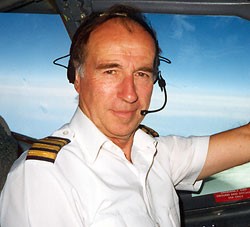
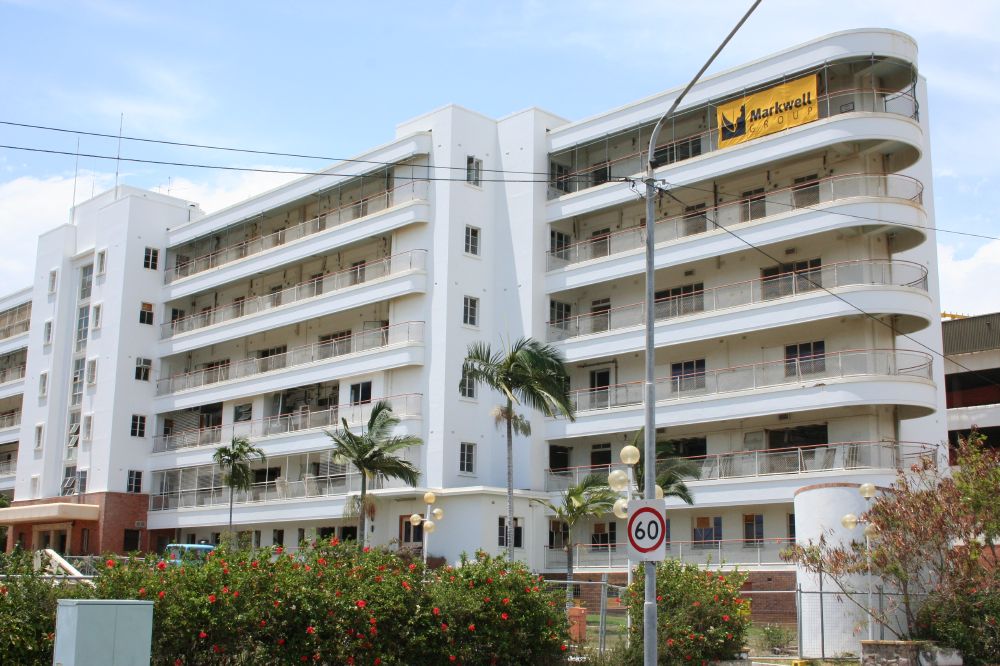
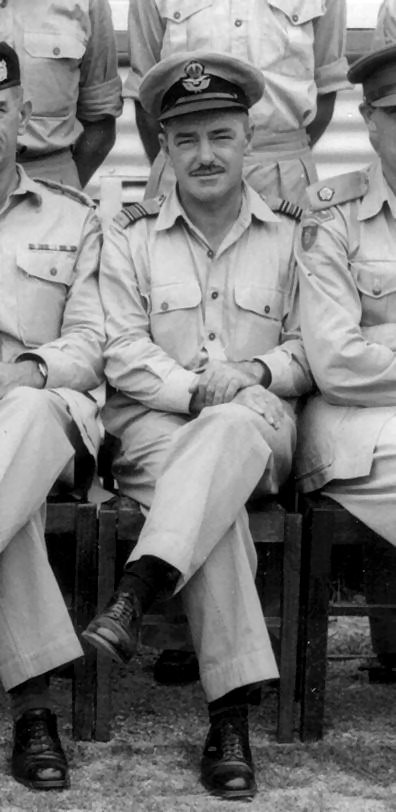

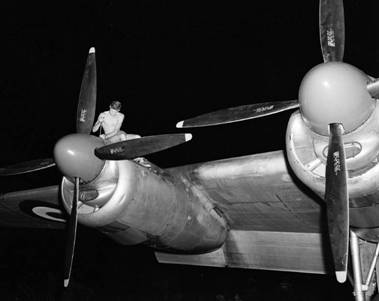
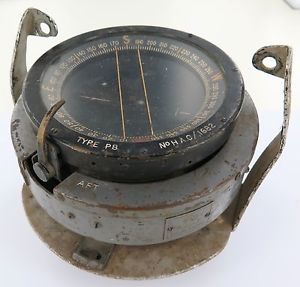 night with an unserviceable gyro-compass. It would have been impossible to steer
an accurate course on the ancient standby P8 compass. The inoperative intercomm
system was the last straw as far as I was concerned, so I rang the acting CO at
Townsville and asked his advice.
night with an unserviceable gyro-compass. It would have been impossible to steer
an accurate course on the ancient standby P8 compass. The inoperative intercomm
system was the last straw as far as I was concerned, so I rang the acting CO at
Townsville and asked his advice. 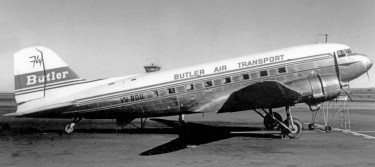 April, and we had been on duty since lunch time the previous day. A RAAF truck
arrived to take us to the RAAF base at Archerfield to get a meal and some sleep
before returning later to sort out our Lincoln troubles. We were about to climb
aboard when I heard the sounds of backfiring from one of the engines of the DC3
and a few minutes later we saw it slowly taxying back to the tarmac area. The
propellers creaked to a stop and the captain emerged.
April, and we had been on duty since lunch time the previous day. A RAAF truck
arrived to take us to the RAAF base at Archerfield to get a meal and some sleep
before returning later to sort out our Lincoln troubles. We were about to climb
aboard when I heard the sounds of backfiring from one of the engines of the DC3
and a few minutes later we saw it slowly taxying back to the tarmac area. The
propellers creaked to a stop and the captain emerged.